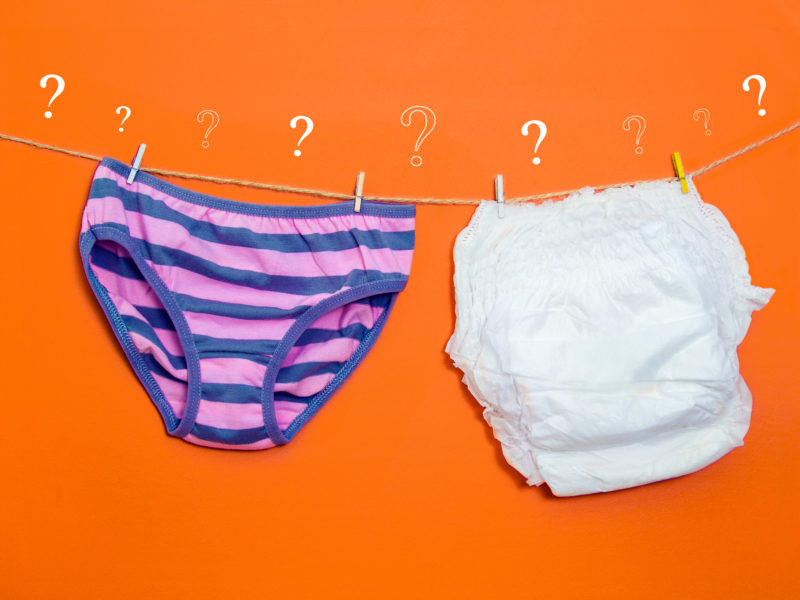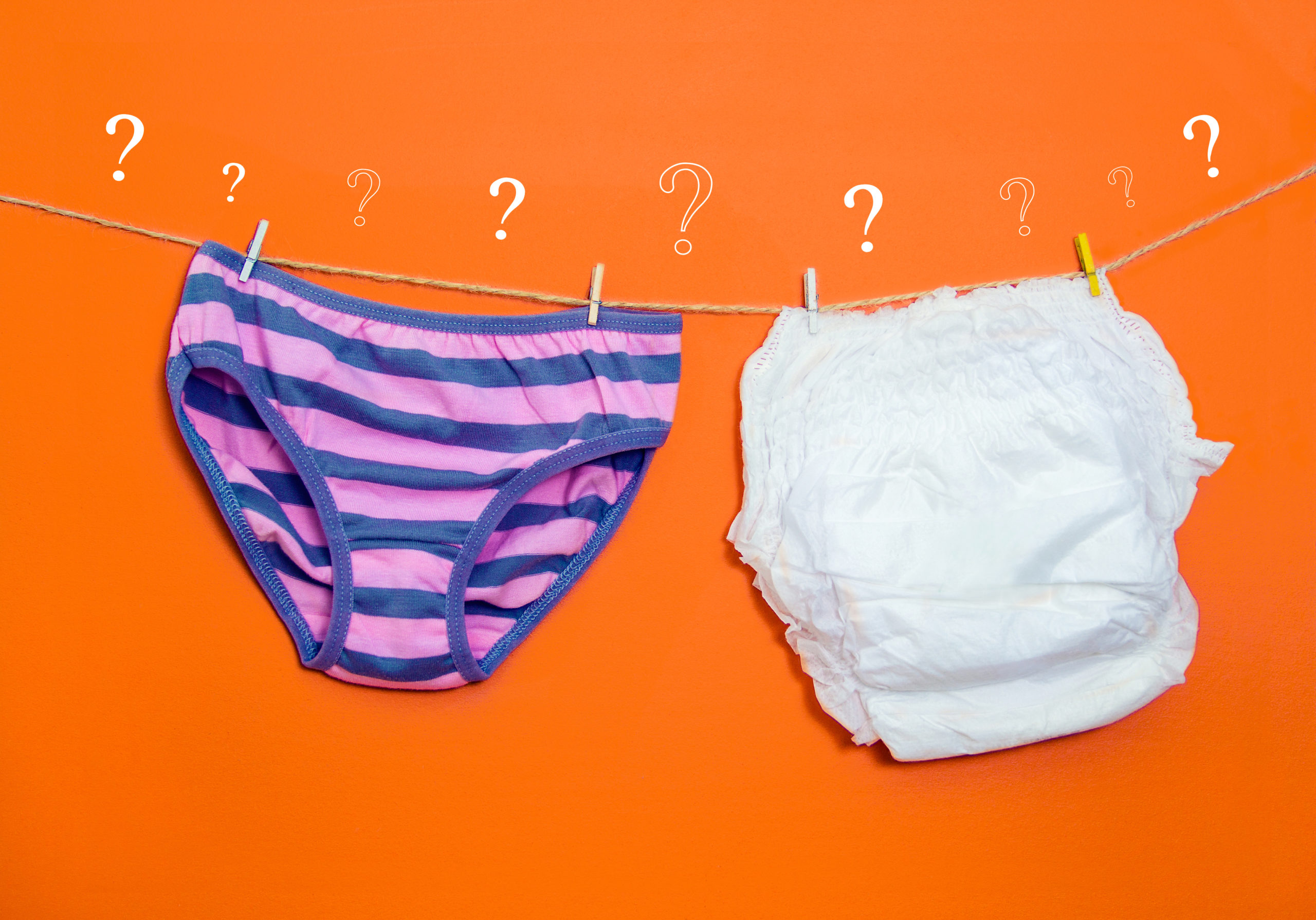Not Toxic Chemicals!
The Organic Consumers Association published an article on the plastics, fragrances and chemicals found in diapers and menstrual products. The article points out that less than one-tenth of an inch separates toxins from our skin where they can be absorbed. It’s been proposed in research that paraben-containing products around the diaper region may exceed the action of estradiol in children, and that long-term low-level exposures beginning early in life may be priming children for later effects. Likewise, skin around the vaginal area is so thin and highly permeable that females have been shown to have a significantly higher level of triclosan reflecting different hygiene habits than males, including their use of triclosan-treated tampons and makeup.
It’s Not Just Parabens And Triclosan.
Other chemicals used in manufacturing diapers and feminine hygiene products include phthalates, VOCs, dyes, pesticides, PFAS, adhesives, and other harmful chemicals.
For over 25 years, Women’s Voices for the Earth has led campaigns to “to increase corporate accountability and transparency, enact health-protective laws, and take steps to reduce toxic exposure in their lives.” A national movement is currently underway to “Detox the Box” by offering a party kit to help educate partygoers how to stop the toxic assault on women’s feminine hygiene and menstrual products. The 2-minute video parody on Justin Timberlake’s “Dick in a Box” skit on SNL is certainly worth viewing!
Menstrual Cups.
I have to admit that at first “menstrual cups” seemed strange to me (although I’ve been post-menopausal for over twenty-five years now). But leave it to our planet-loving millennials. After all, the cost of a cup represents only 5% of the cost of a 10-year supply of pads or tampons. Think about the feminine products each woman uses in a lifetime with an average of 456 total periods over 38 years, or roughly 2,280 days on her period (and approximately 16,000 tampons!) That’s costly to the wallet and to the environment.
According to NPR in a study published in the peer-reviewed medical journal The Lancet, researchers looked at 43 studies on menstrual cups that included data from 3,319 women and girls. The review concluded that menstrual cups are being used safely and effectively all around the globe.
At Put A Cup In It, one can take the quiz to find a cup that fits your body. And if you scroll down to the bottom of that page there are 9 instructional videos. This video explains the female anatomy and provides a demonstration for inserting a menstrual cup.
What About Period Underwear?
Allure Magazine published an article on the eight best panties that work for either heavy or light flows. In fact, some of the products can be worn as the main coverage for your regular period or used as just a backup. At Thinx, you can match your personal menstrual flow to either tampons, pads, cups, liners or discs. There is also a quiz one can take at Lunapads for disposable and reusable products. Clear + Well offers their “Complete Guide to Non-Toxic Period Products” featuring cups, organic pads and tampons, pantyliners, and period panties.
The Environmental Impact.
According to Zero Waste Europe single-use menstrual products, diapers and wet wipe account for almost 8 million tons of waste every year within the European Union. Eighty-seven percent of these products are incinerated, increasing CO2 emissions. Approximately 6.2% of these single use items are collected on UK beaches, and they amount to 5% of the floating waste on the Catalan coast. And that’s just Europe where the number of women of reproductive age numbers almost 120 million. According to the World Health Organization, there are 75 million women in the US of reproductive age. That’s a lot of menstruating women and a lot of single-use menstrual products!
And speaking of environmental impact, disposable diapers take roughly 450 years to break down in the environment.
Diapers – Disposable vs Reusable.
There were no wipes to clean a baby’s bum in the 1970s. Well if there were, I was not aware of them. We simply used a warm washcloth and soap! Squawkfox has a wonderful exposé on the difference between using cloth diapers and disposable diapers. Author Kerry determined that one can expect to change well over 7,000 diapers in the 30-some months before a toddler is potty trained. In her article she finely tunes the cost of reusable vs disposable diapers – all the way down to cleaning them and paying for additional garbage collection. In the end she determines that one can save almost $2,000 with the reusable option, even while taking into consideration the additional water and energy it takes to clean soiled diapers. Kerry also has another article on building a cloth diaper stash and how to fold the diapers correctly to lessen the chances of leaking!
Planet Wise Products offers green solutions to wet bags, snack bags, changing pads, and so much more. They also sponsor Best Bottom reusable diaper systems out of Akron, Ohio. I’m so impressed by the reviews I’ve read about these diapers. Reusable diapers and inserts will be the perfect gift to for me to give at the next baby shower I attend!



 Brain Wave Zap
Brain Wave Zap